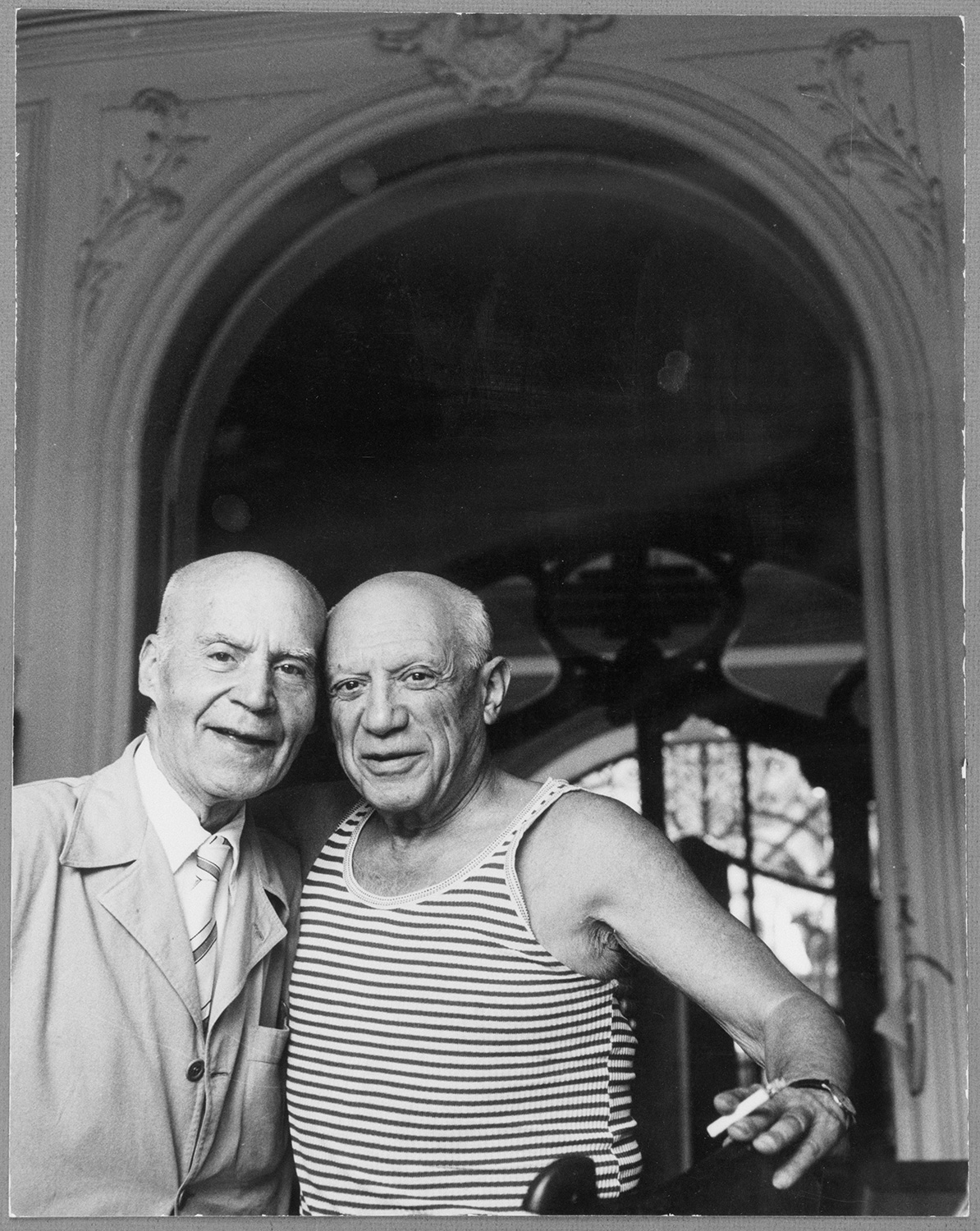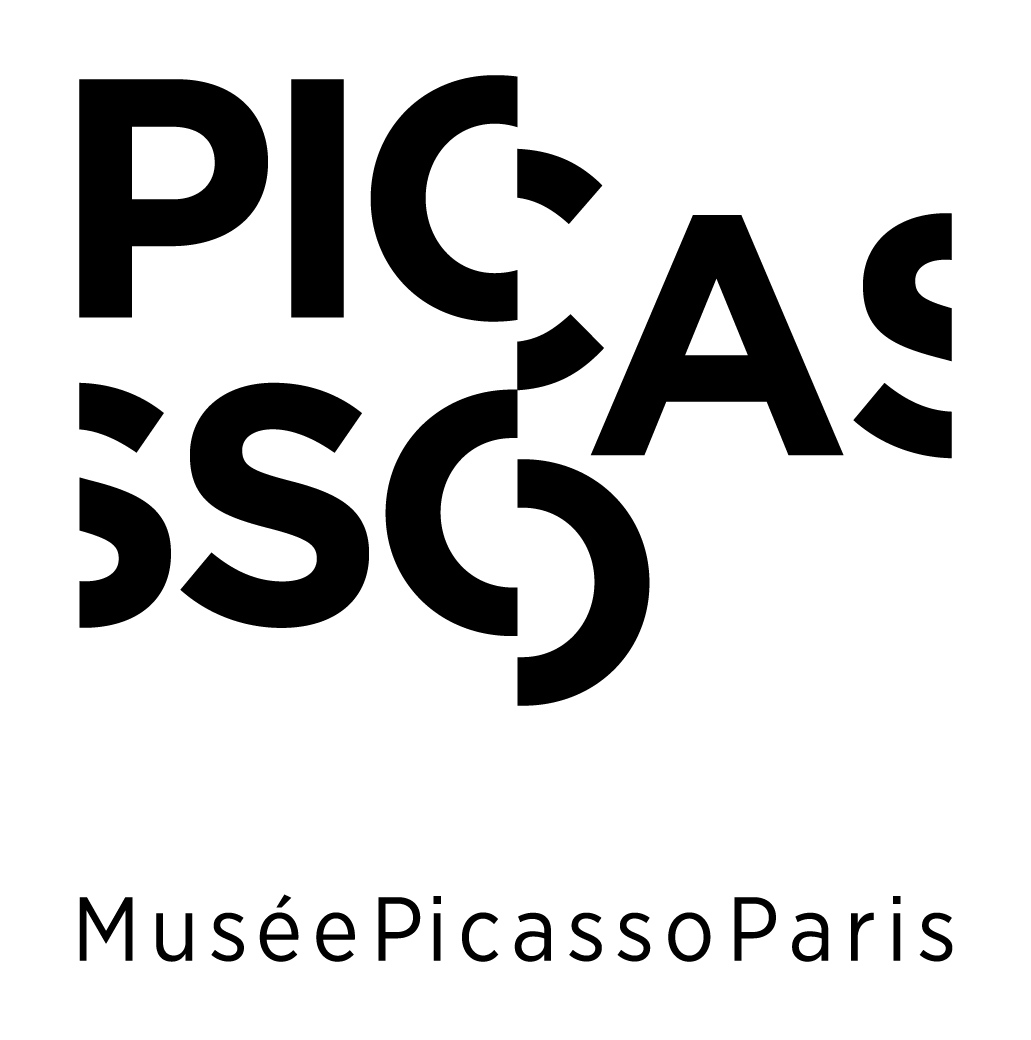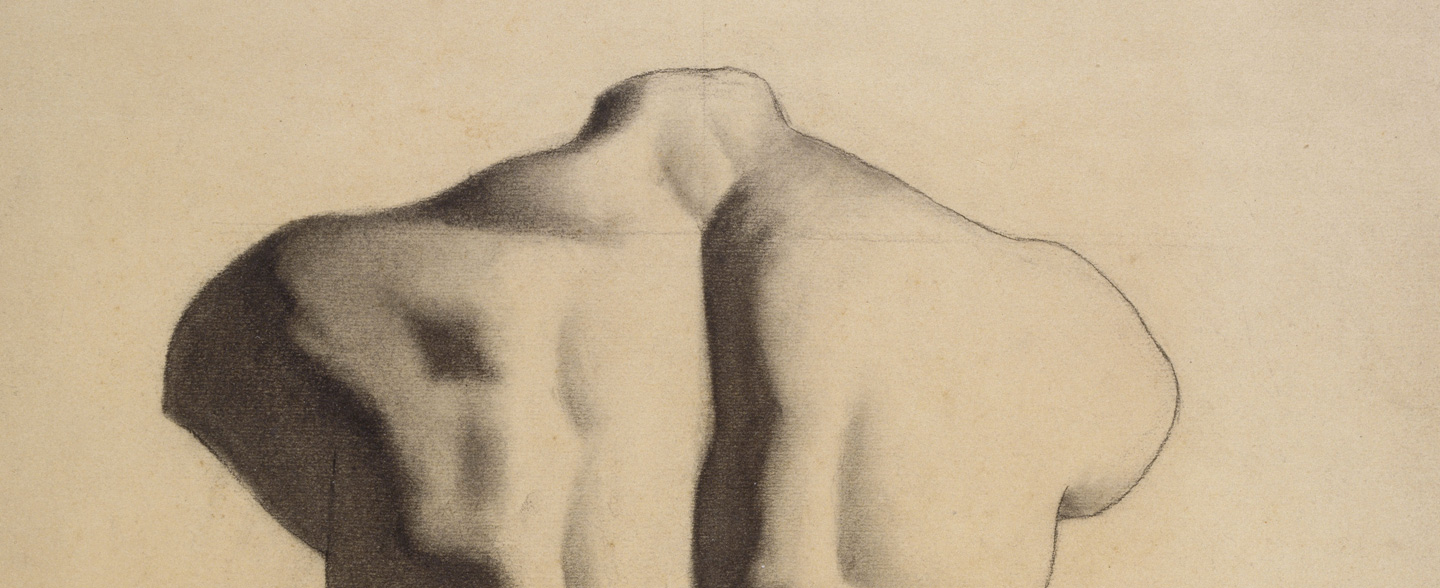For me, each painting is a study.
Following his father's transfer to Barcelona, Picasso was accepted to the city's School of Fine Arts. It was there that his academic training began, which he continued in Madrid two years later. His meeting with Pallarès led him to spend a summer in Horta de Sant Joan, where he explored a great freedom of line. What was Picasso's artistic education?
The Fine Arts of Barcelona
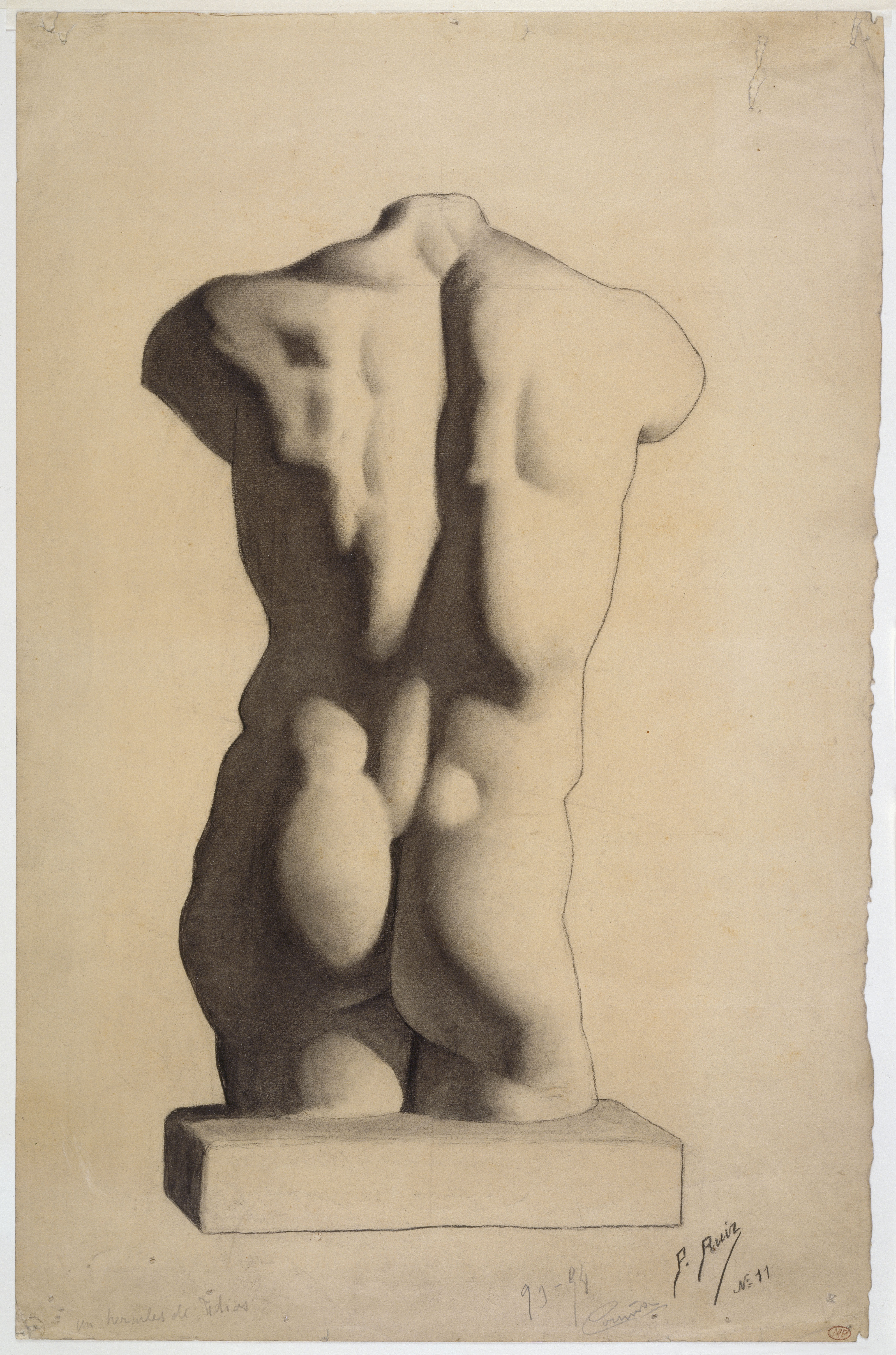
Picasso entered the Barcelona School of Fine Arts, La Lonja, in September 1895. He was barely 14 years old but owed his entry to his exceptional success in the entrance exams for the higher drawing classes. In fact, he finished the test in just one day, for which he was given a month's time, and submitted a body of work demonstrating remarkable technical skill.
At the Lonja, Picasso met Manuel Pallarès i Grau, a young man five years his senior from the small village of Horta in southern Catalonia, who became his friend. The Beaux-Arts provided both students with an academic training that included drawing and painting techniques, and Picasso was encouraged to draw and paint in classical and religious themes, such as communion. His painting The First Communion, which depicts his sister taking her vows, was accepted for the Barcelona Decorative Arts exhibition in April 1896. He spent the summer of 1896 in Málaga, and although the summer atmosphere prevailed, he continued to paint, especially landscapes and portraits.
At the beginning of 1897, Picasso began to paint “Science and Charity”, a large canvas in which he chose a theme that was in vogue in painting salons and among the proponents of social realism: the visit to the sick. To the academic models, the artist mixes images of his daily life. His father served as a model for the doctor, and the subject echoed a personal tragedy: the death of his young sister Conchita in 1895. The work received an honorable mention at the National Exhibition of Fine Arts in Madrid before winning the gold medal at the Provincial Exhibition in Malaga. A masterpiece in the academic tradition, it embodies the incredible technical mastery displayed by the young Picasso. “Science and Charity” is one of the few works that the artist kept from his youth, before donating it in 1970 to the Picasso Museum in Barcelona.
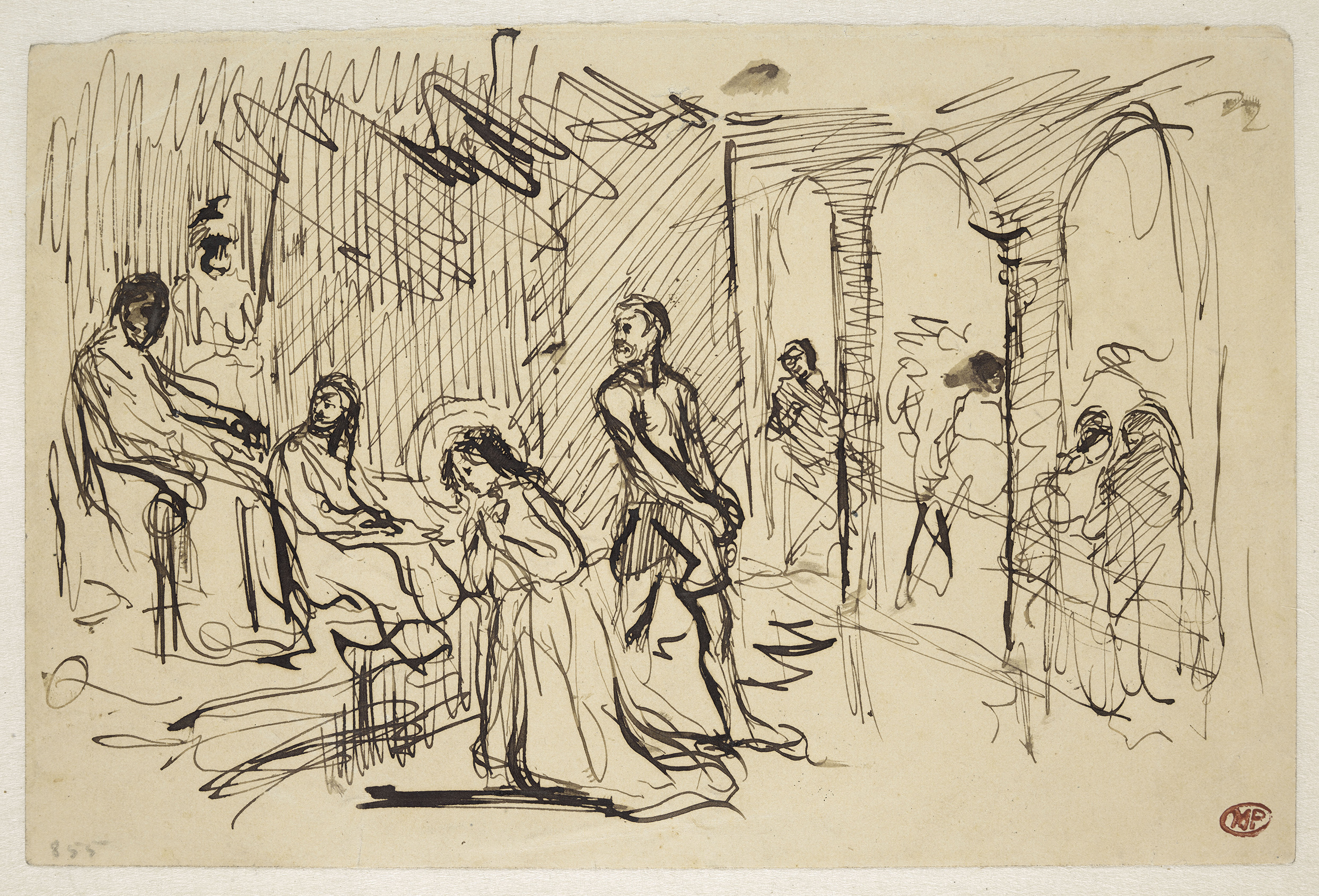
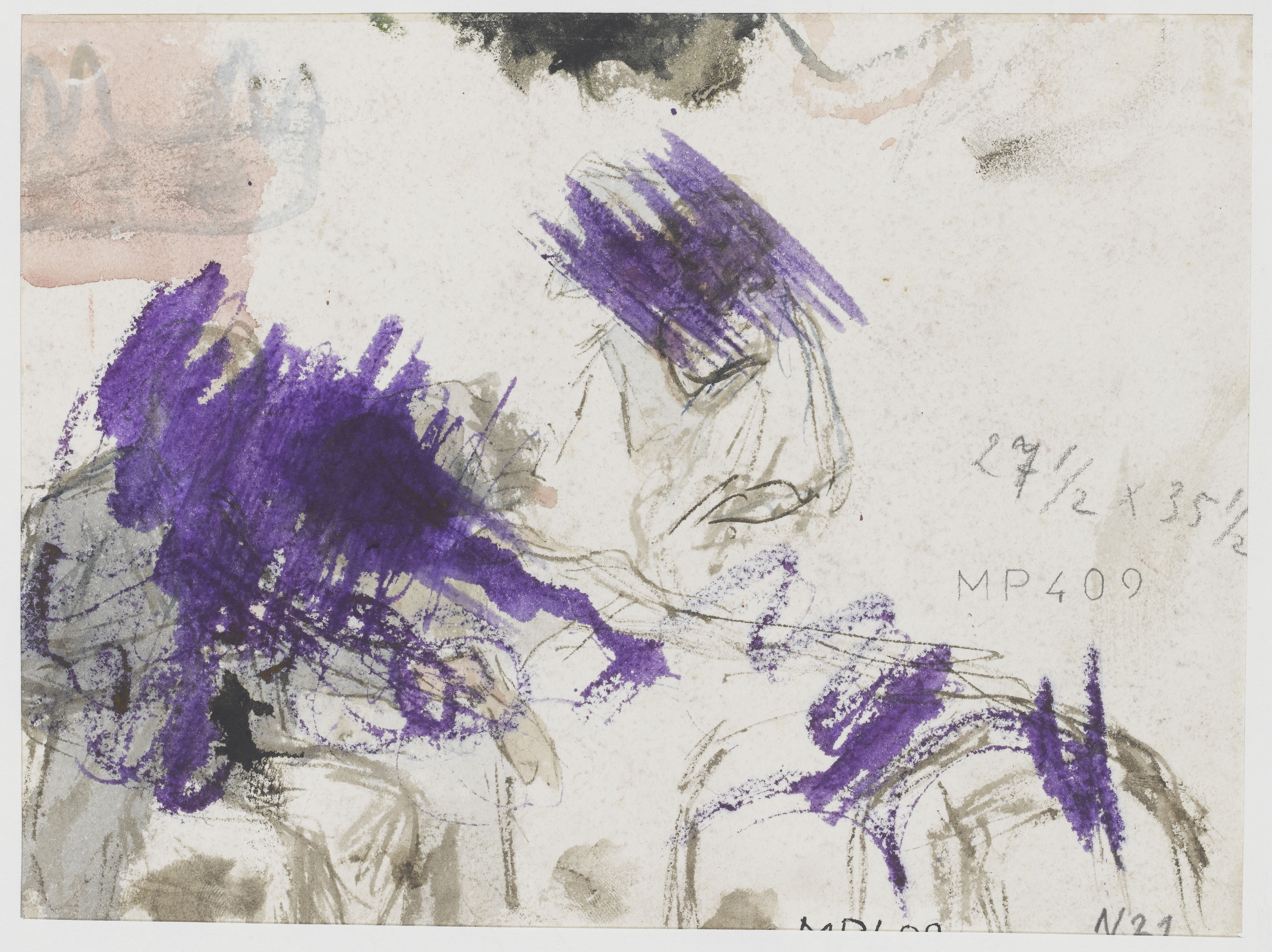
Between Madrid and Horta
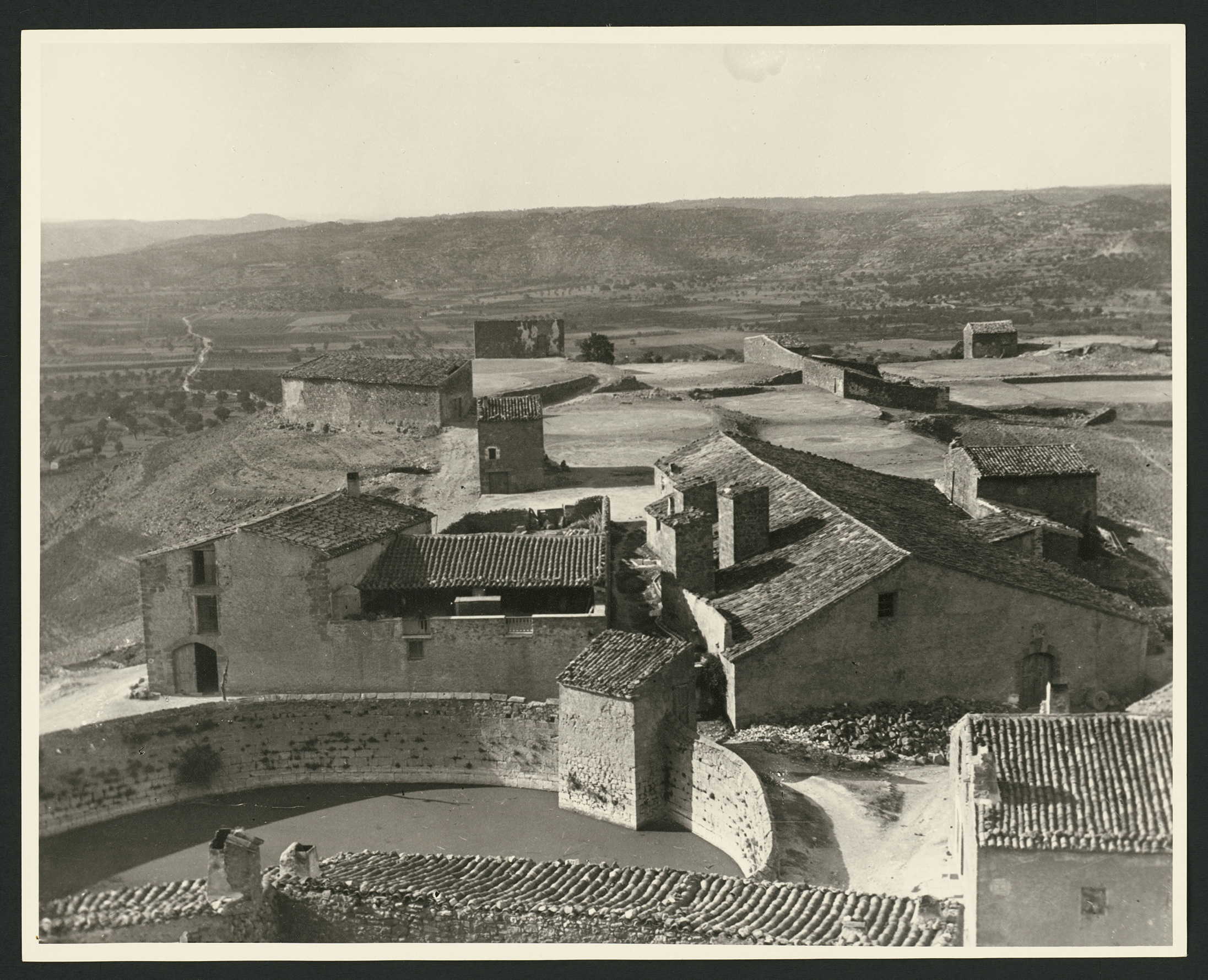
In October 1897, Picasso enrolled at the Real Academia de San Fernando in Madrid. From then until 1898, he regularly visited the Prado Museum, where he studied and copied the masterpieces of the great masters. In the summer of 1898, Pallares brought his friend Picasso, who was suffering from scarlet fever, to his native village in the province of Tarragona: Horta (Horta de Sant Joan). During this stay, the two companions explored the hinterland, recharged their batteries in the mountains and enjoyed sleeping in the caves with their provisions. This interlude away from the city immersed the young Pablo in country life and confirmed his liberation from academic teaching, especially by working on the motif. The works he executed there were characterized by brighter colors, a warmer palette, and thicker brushstrokes. In this respect, Horta is of great importance, which the painter would emphasize throughout his life: "Everything I know, I learned in the village of Pallarès". Picasso and Pallarès remained friends for a long time after this trip, sometimes sharing their studio, or meeting in the south of France, when Picasso settled there.
In 1899, at the end of this academic training shared between Catalonia and Castile, Picasso returned to Barcelona, which he quickly left for Paris where he would soon begin a long artistic career well known to all.
